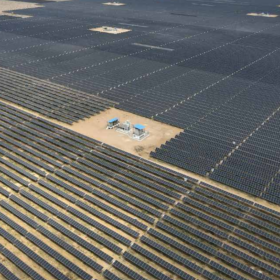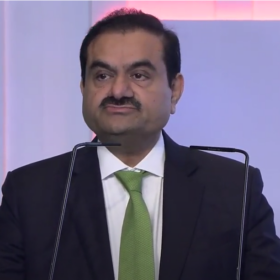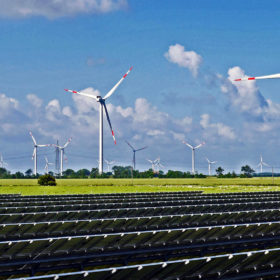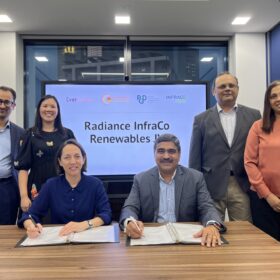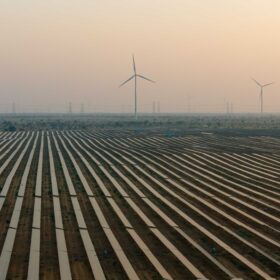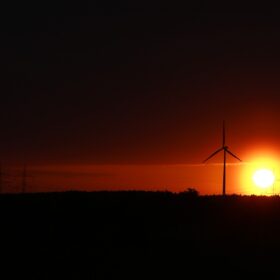AMPIN Energy Transition wins its third consecutive utility bid within a month
AMPIN Energy Transition (formerly Amp Energy India) has won a 246 MWp wind-solar hybrid project in an auction by Solar Energy Corp. of India (SECI). This marks its third utility-scale renewable energy project win within a month.
Adani Group to invest more than $100 billion in energy transition over the next decade
Next decade will see Adani Group invest more than $100 billion in the energy transition space and further expand its integrated renewable energy value chain—chairman Gautam Adani at CRISIL Ratings Annual Infrastructure Summit 2024.
Solarpack secures 25-year PPA for 482 MW wind-solar hybrid project in Gujarat
The 482 MW hybrid project, consisting of 383 MW of solar and 99 MW of wind capacity, will come into operation in 2026.
SJVN allocates 1.5 GW wind-solar hybrid at $0.041/kWh
The winning developers will establish wind-solar hybrid power projects on a build-own-operate basis for power supply under a 25-year power purchase agreement with SJVN.
Radiance, PIDG form JV for C&I solar, hybrid projects in India
Radiance Renewables and UK-based investor Private Infrastructure Development Group (PIDG) have announced a joint venture to develop greenfield solar and hybrid wind-solar energy projects for commercial and industrial (C&I) clients in India.
GUVNL allocates 500 MW hybrid wind-solar at $0.040/kWh
The winning developers will set up grid-connected hybrid wind-solar power projects on a build-own-operate basis. The projects may be setup anywhere in India.
IEA urges countries to accelerate renewables deployment
A new report from the International Energy Agency (IEA) suggests that the world could miss out on a target of 11,000 GW of global renewables capacity by the end of the decade, as agreed at COP28. It also predicts that solar will become the world’s largest source of installed renewable capacity, surpassing hydropower.
India needs $385 billion investment to meet its renewable energy target: Moody’s
India needs $190 billion to $215 billion for renewables capacity addition and another $150 billion to $170 billion for transmission and distribution in order to meet its RE target of 500 GW by 2030.
India Ratings upgrades Adani Green Energy to ‘IND AA-’ with Stable outlook
The upgrade factors in Adani Green Energy Ltd’s continued strong operational asset performance, strong execution scale-up with annual capacity additions likely to be 4 GW-5 GW annually over the medium term, and healthy counterparty diversification and reduction in receivables, leading to an increase in the cash flow from operations.
Global solar and wind generation will soon pass nuclear, hydro
In a new monthly column for pv magazine, the International Solar Energy Society (ISES) explains how solar and wind are dominating power plant construction.
